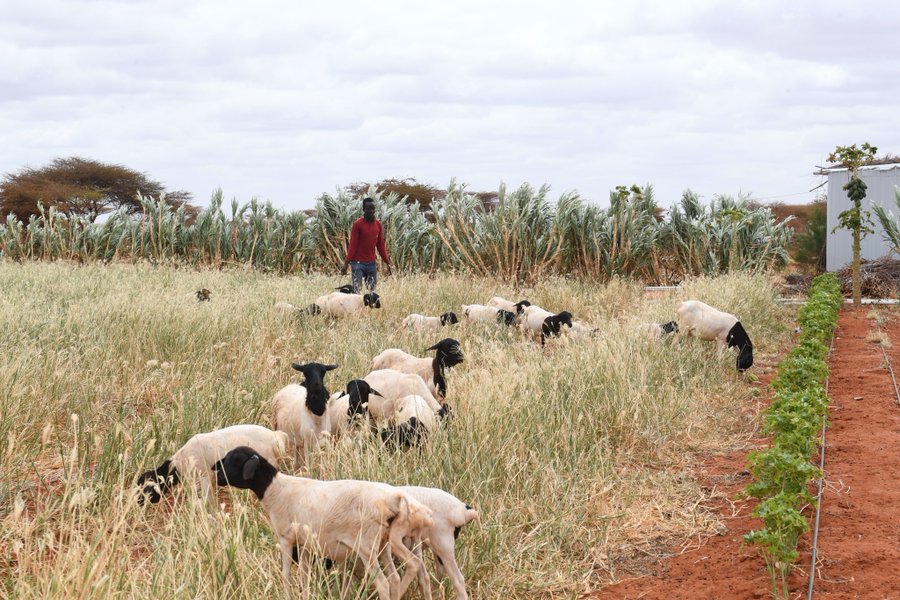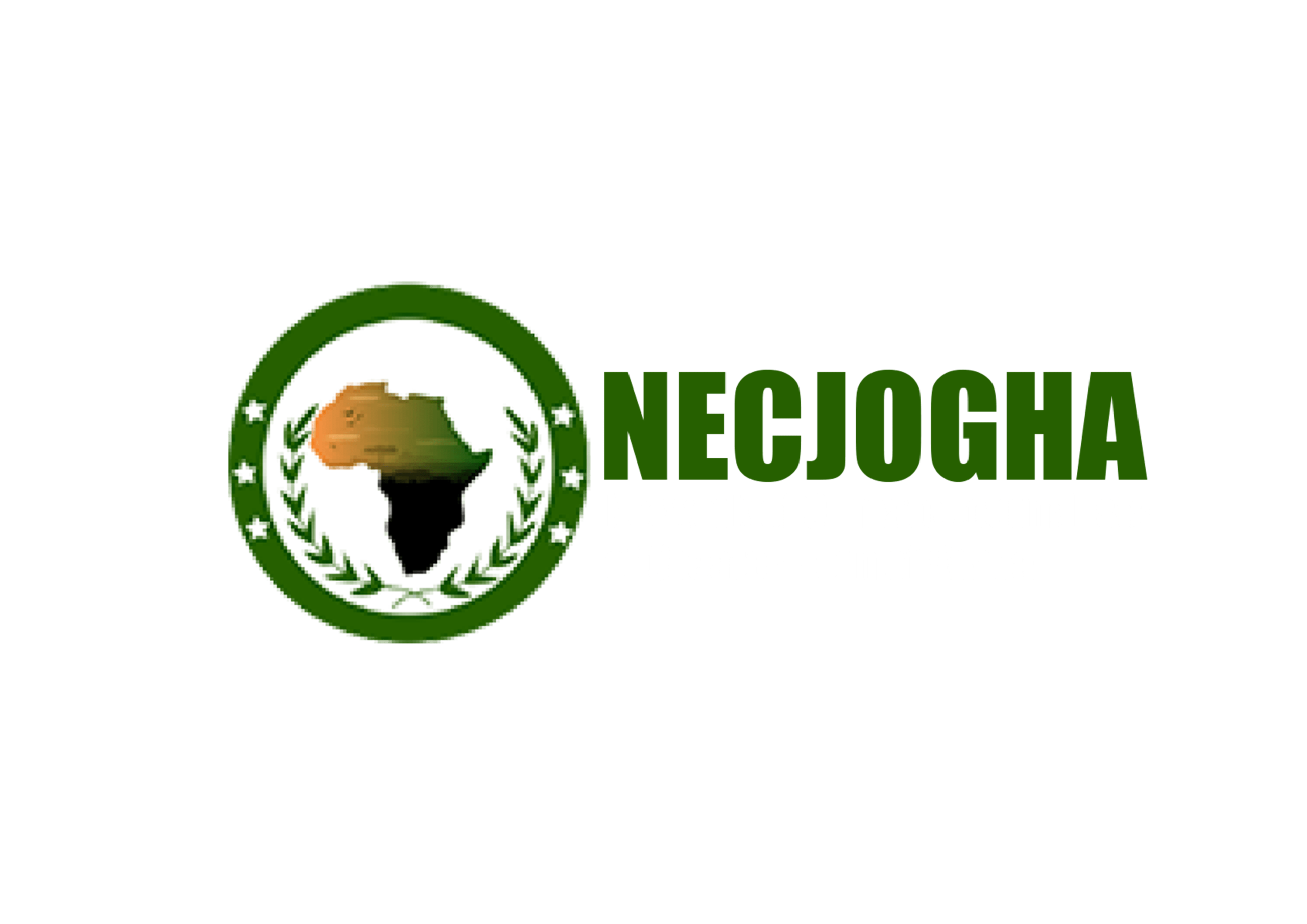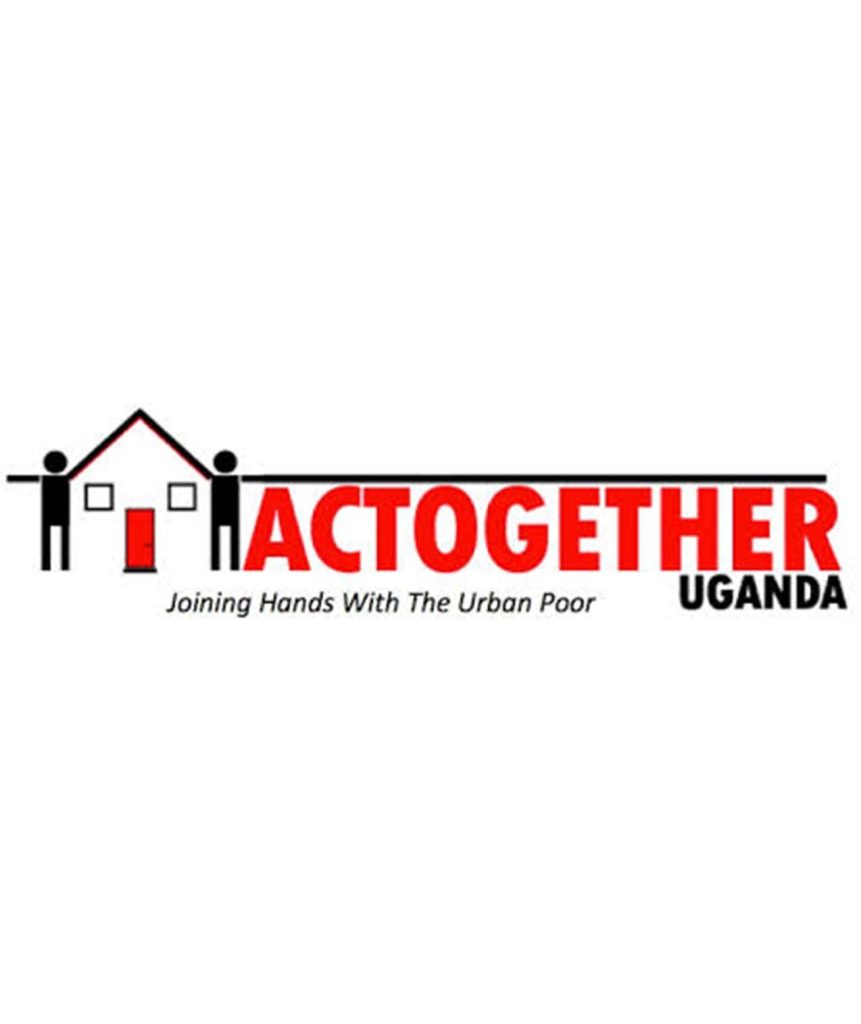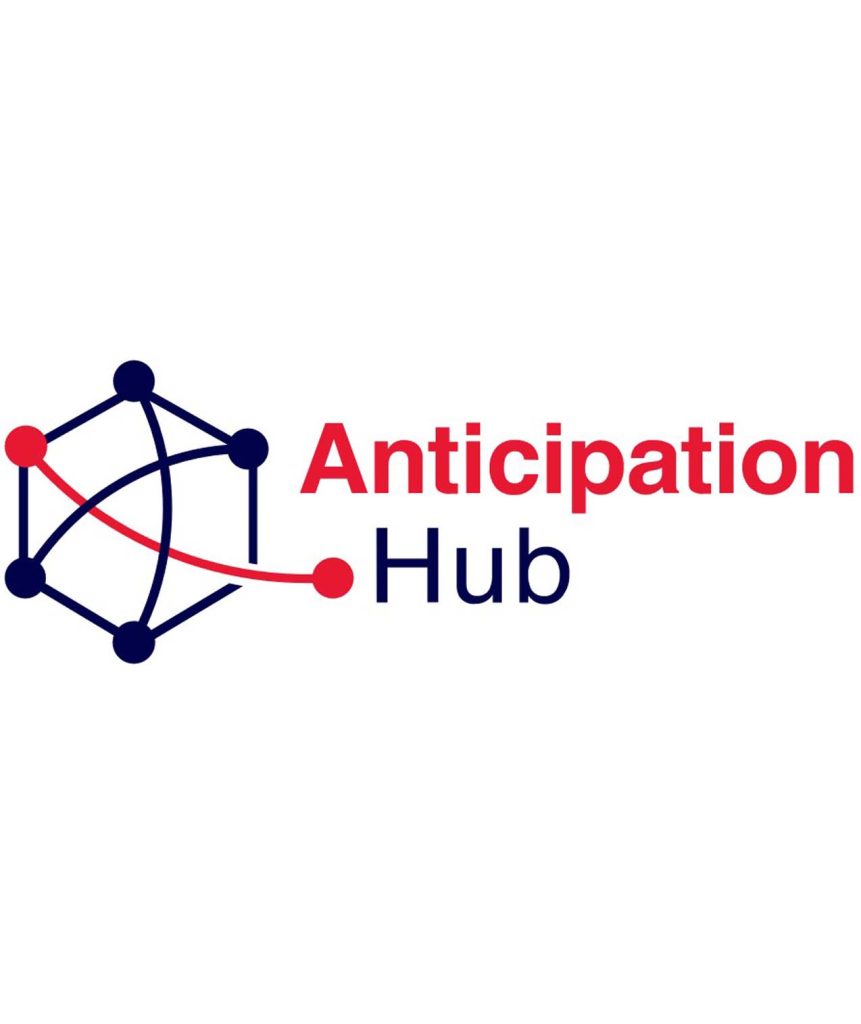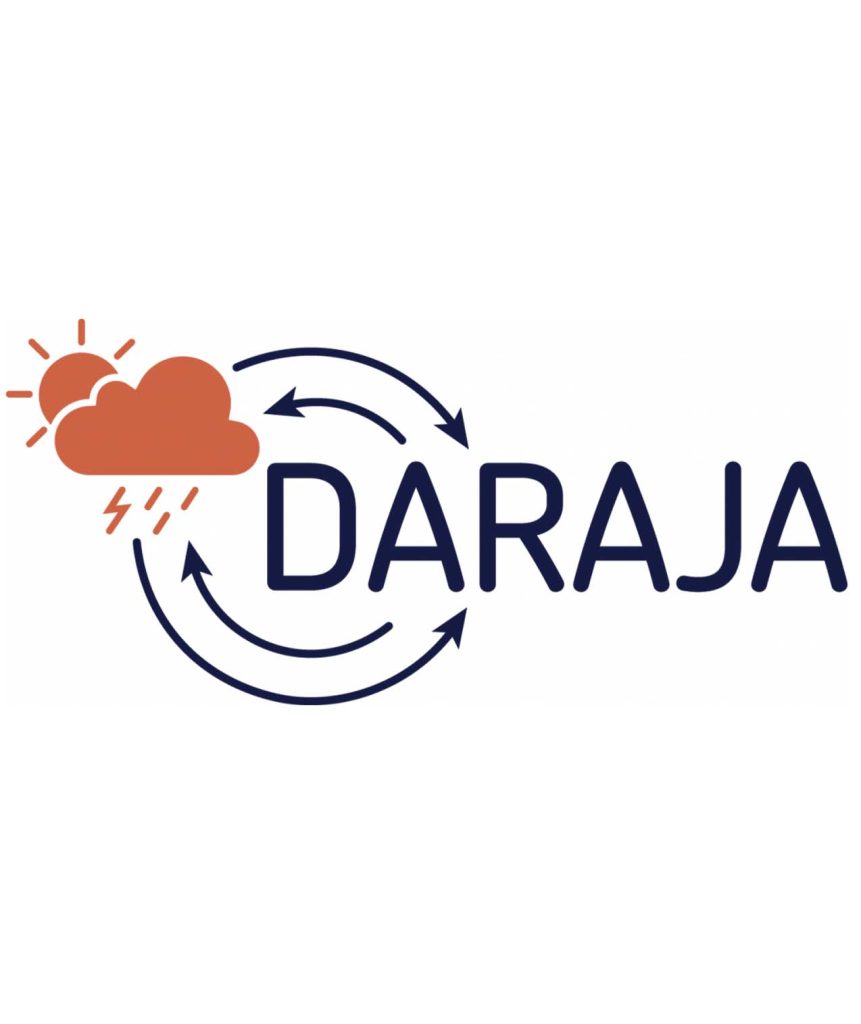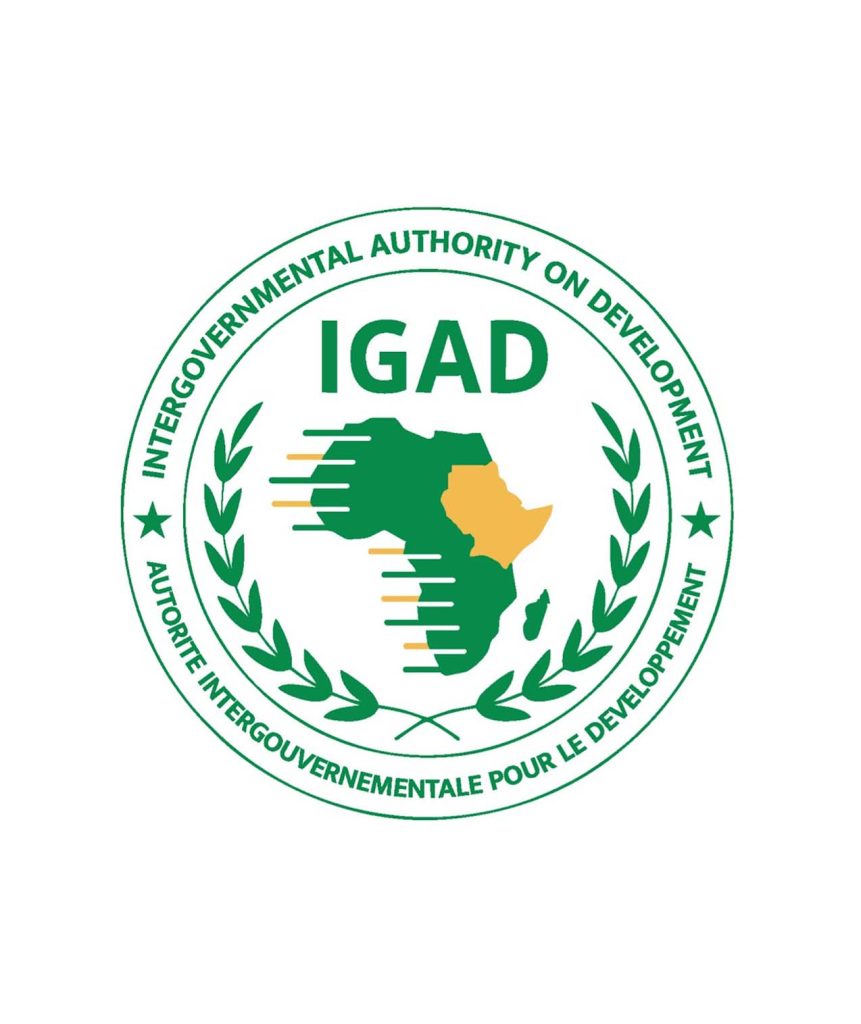23/09/2025 Orginal Story: FAO Somalia
In the dry farmlands of Galmudug and Puntland, where rainfall is scarce, communities have faced some of the harshest effects of climate change. The 2021–2022 drought devastated lives, as consecutive failed rains turned grazing lands barren and dried up water sources. Families who once depended on livestock for food and income were left watching their animals weaken and die.
Among that hardest hit was Hussein Ali Gurhan, a 43-year-old father of 14 from Guriceel. “When the rains failed, our animals became weak. There was nothing left for us,” he recalls, staring out over a brown, barren field.
Through contribution to the Joint Resilience Programme (JRP), multi-partner initiative between FAO, UNICEF, WFP, and the Government of Somalia, the Kingdom of Denmark, provided support to the communities affected by recurrent shocks in Central Somalia. The JRP combines emergency relief with long-term recovery strategies, equipping drought-affected communities with the tools, knowledge, and systems they need to adapt and thrive in an increasingly unpredictable climate.
Hussein became part of an agro-pastoralist cooperative supported by FAO as a local leader trained to transfer knowledge and skills in the fodder value chain development. Hussein is a member of a cooperative that received a fodder shredding machine. He was among those trained in Dhusamareeb on how to operate and maintain the machines. The training included techniques for shredding, drying, and storing fodder to ensure feed supplies could last through the dry months.
For the first time, Hussein and his cooperative were able to prepare and store surplus animal feed. “The support has made a real difference,” he explains. “We no longer watch our animals suffer when the rains fail. I now use the skills I gained to help not just my family, but the whole community.”
Today, Hussein serves as chairman of the district agro-pastoralists’ association in Guriceel, representing 85 agropastoralist/fodder producers. The knowledge he gained in Dhusamareeb is being shared widely across the district. “Those who were trained have passed it on to others. Many agro-pastoralists now know how to shred and store fodder. But we still need more machines and more training to meet the growing demand”, he added.

Hussein Ali Gurhan (right) supervises a worker harvesting fodder grass on his farm in Galdogob. ©FAO/Raymeg Consultants/Philip Namayo
A few kilometers away, Abdi Abdullahi Farah, 46, rises with the sun to tend his land alongside his wives and 17 children. As an agro-pastoralist, his family depends entirely on livestock and small-scale farming for survival. Before the project, it was backbreaking work with little reward. “I didn’t even know how to use a wheelbarrow,” he admitted.
Through FAO’s support, Abdi received tools, seeds, and practical training on fodder production. He learned how to sow seeds, water crops, and grow fodder for the dry season. For his household, the change has been transformative. “Now we use the tools every day to grow and store feed for our animals,” he explains. “It has given us hope for a better future.”
For Abdi, the ability to sustain his livestock means more than survival; it provides milk for his children, income from sales, and the confidence that his family can withstand future droughts.
In Puntland, Fadumo Jama Isse, 50, a mother of 12 and caretaker of seven other children, described how fodder storage changed her cooperative’s fortunes. “In the past, our fodder was often stolen at night because we had nowhere to store it. Today, FAO has built us a fodder shed and trained us to use a cutting machine. We now have a secure place to prepare hay, and we have even increased our livestock.” Her women’s cooperative, made up of 17 internally displaced members, has also been trained in savings and loan associations management. “We are hopeful, but we urgently need water wells, fencing, and tractors to sustain our progress,” she added.

Fadumo Jama Isse (right) and a colleague carry harvested fodder grass. ©FAO/Raymeg Consultants/Philip Namayo
So far, 20,000kg of fodder seeds have been distributed to 4,000 beneficiaries in the project target district, with eleven (11) storage facilities built across strategic locations with the Kingdom of Denmark funding. Communities have also been equipped with shredding machines and trained in haymaking, marketing and natural resource management, strengthening every step of the livestock value chain.
The programme also looks beyond immediate food security. More than 133 Village Savings and Loan Associations (VSLAs), each with around 30 members, have been formed. These groups are learning the basics of savings, loans and small-scale business management. With association saving kits, many are already turning their savings into new income opportunities. Over time, the groups are expected to evolve into cooperatives, creating a stronger and more sustainable financial backbone for their communities.

Inside the Guriceel Farmers Association fodder shed, Hassan Abdi Gurhan (checked shirt) and colleagues process harvested fodder. ©FAO/Raymeg Consultants/Philip Namayo
Despite the progress made, challenges still remain. Agro-pastoralists across the region point to water shortages, limited tools, and the need for larger fodder machines to meet growing demand.
A sense of optimism has taken root among the community despite these challenges. “The future looks promising,” said Hussein Ali. “We’re motivated to keep building our skills and improving our livelihoods.”
In these once parched fields, fodder has become more than just animal feed; it has become a lifeline, offering families resilience, dignity, and the promise of a brighter tomorrow.

